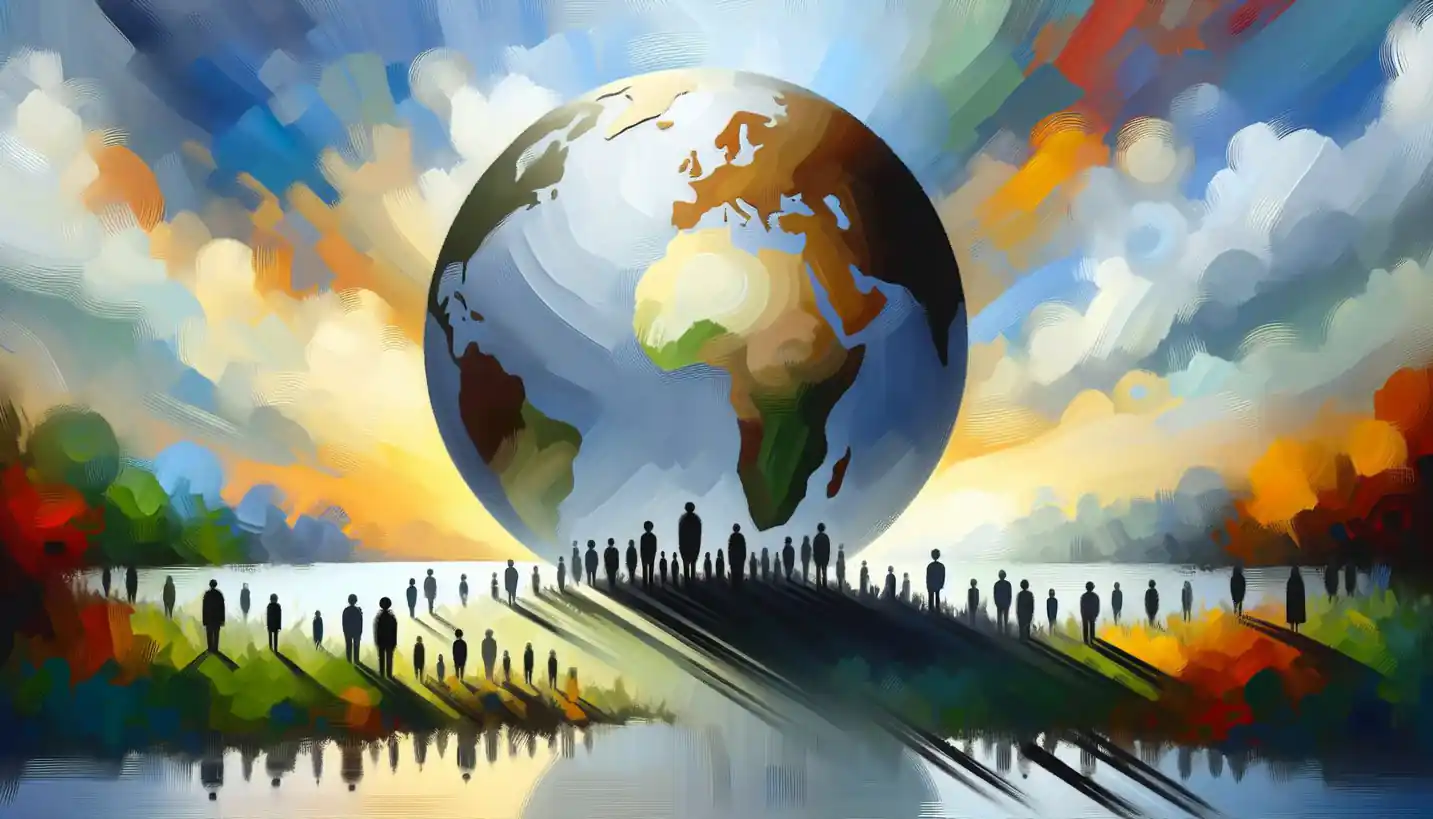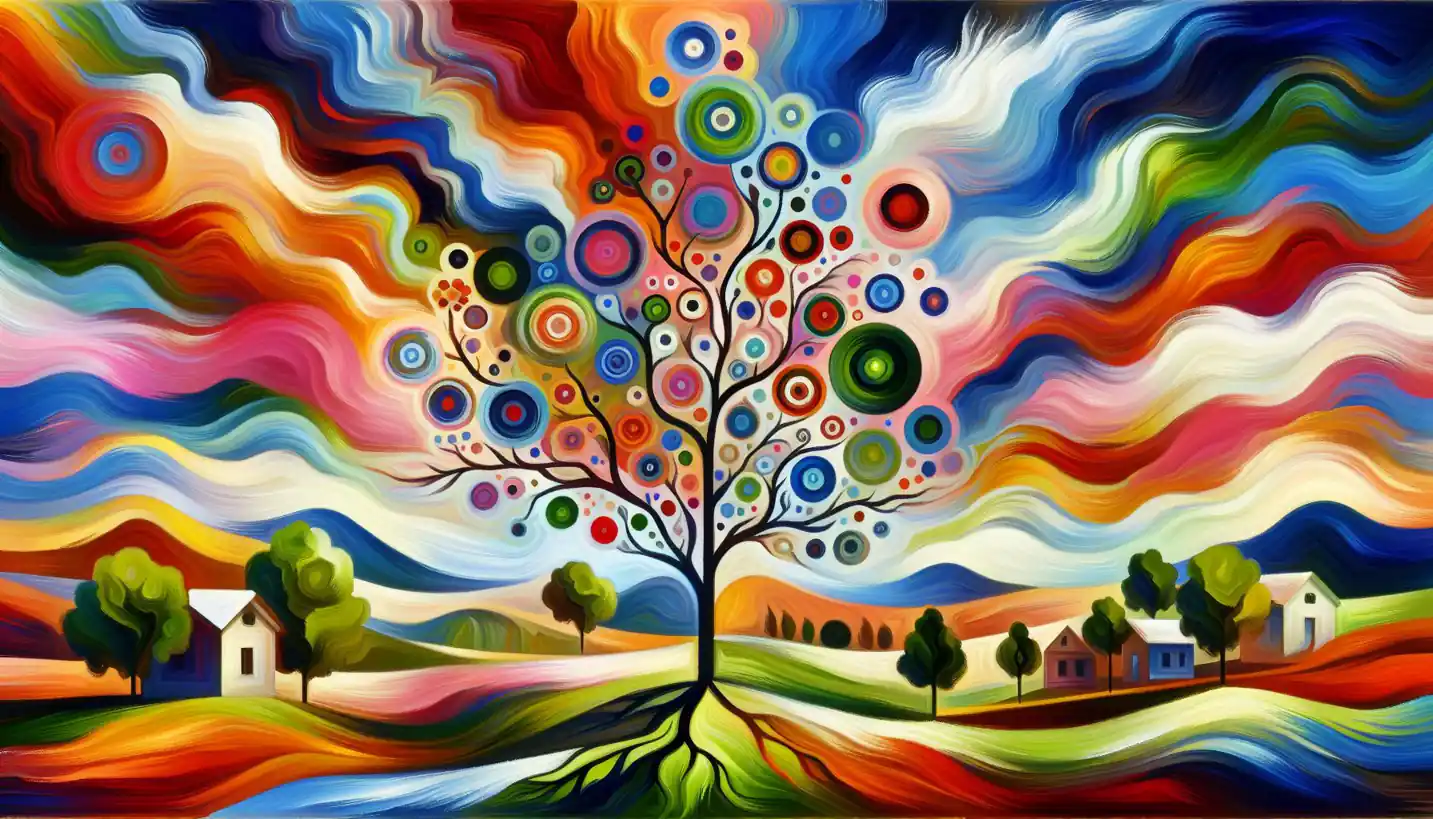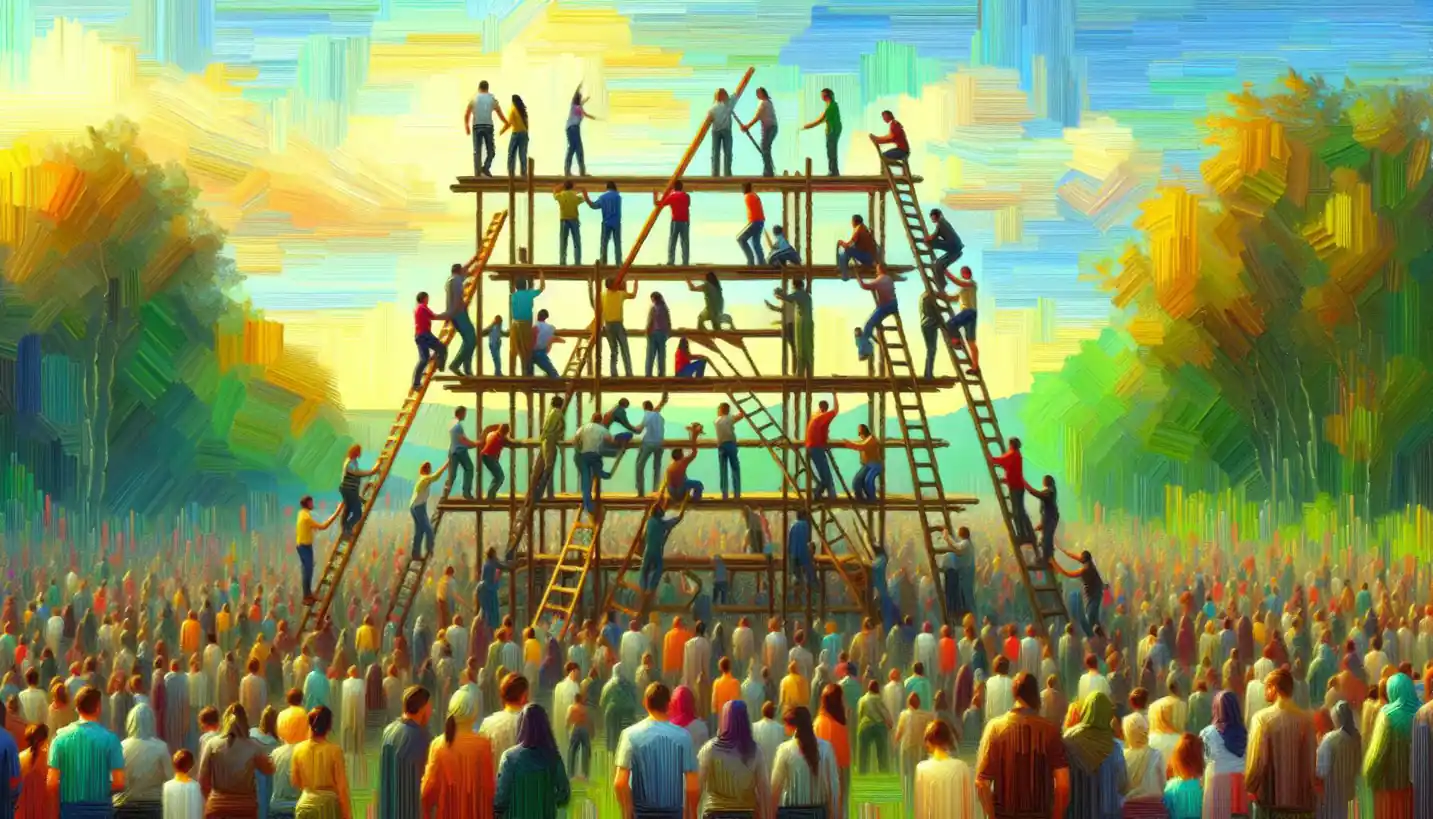· Sociology · 5 min read
Moral Panic: Unraveling Society's Fearful Frenzy
Moral Panic uncovers societal fears over perceived threats. Delve into this whirlwind of anxiety that influences public opinion and policy.

Ever notice how society sometimes seems to collectively freak out about certain issues? This is what sociologists call a “moral panic.” It’s like when everyone suddenly becomes convinced that something is a huge threat to our moral or social order. The term first gained traction with the work of Stanley Cohen in the 1970s, and it’s been fascinating scholars and the public ever since.
What is a Moral Panic?
A moral panic is an intense feeling of fear spread among many people that some evil threatens the well-being of society. It’s kind of like when rumors spread in school, and before you know it, everyone’s worried about something that might not even be that big of a deal. These panics often involve some group being labeled as a threat to societal values. And it’s not just about fear; there’s a moral component where society decides something is just plain wrong.
Key Players: Who Makes a Moral Panic?
In most moral panics, you’ll find some key players. First, there are the “folk devils.” These are the people or groups who get blamed for the perceived threat. Historically, it might be teenagers, certain musicians, or even new technology. Then, we have the “moral entrepreneurs,” those who lead the charge in stoking the panic. These could be politicians, media personalities, or religious leaders. They push the narrative that something must be done to save society from impending doom.
A Look at Historical Examples
Looking at history, we can spot several instances of moral panic. Take the Salem witch trials, for instance. The fear of witchcraft spiraled out of control as accusations flew, resulting in trials and executions. Another example is the comic book scare of the 1950s in the United States. People feared comic books were corrupting youth, leading to senate hearings and the Comics Code Authority. In these cases, society latched onto the idea that a particular group or medium was dangerous, often ignoring more nuanced perspectives.
The Role of the Media
The media plays a massive role in fueling moral panics. Think about how sensationalist headlines can grab attention. Media coverage often exaggerates or distorts events, turning molehills into mountains. This doesn’t mean the media always acts irresponsibly, but it’s crucial to recognize how powerful their influence can be. In the age of social media, panic can spread even faster as information—sometimes not even accurate—travels at lightning speed.
Why Do Moral Panics Happen?
So why does society get swept up in these frenzies? One reason is change. When society faces rapid change, it can create uncertainty and anxiety. Moral panics often occur during periods of social transformation, acting almost like a pressure valve for society’s fears. It’s a way to express concerns over changing norms and values.
Control and Power
Another angle to consider is how moral panics can be a tool for control. By rallying fear around a specific issue, those in power might distract from other, perhaps more significant, societal problems. It shifts focus and can justify changes in policy or law that wouldn’t otherwise be acceptable.
The Impact of Moral Panic
Moral panics aren’t just academic curiosities; they have real consequences. They can lead to heightened social divisions, scapegoating, and unjust policies. During a panic, laws might be hastily enacted that target the “folk devils,” which can further marginalize already vulnerable groups. Moreover, these panics can overshadow actual pressing issues that need addressing.
Lessons from the Past
Historically, once a moral panic passes, society often looks back with incredulity. Like, how could we have believed that comic books or rock music were such grave threats? This retrospective view can be instructional, teaching us to think critically and question narratives pushed by those in power or amplified by the media.
Modern Examples of Moral Panic
Even today, we see moral panics play out. Consider the debates over video games and violence. Despite research suggesting a complex relationship, some sectors still push the narrative that gaming is a corrupting force. Similarly, social media often becomes the target of fears about declining social skills or mental health issues, with discussions rarely reflecting the nuance needed.
Questioning the Narrative
To understand and navigate moral panics, it’s helpful to question the narratives we encounter. Who benefits from this panic? What evidence supports the claims being made? Engaging with these questions allows us to push back against fear-driven narratives and seek more balanced perspectives.
Moving Forward: Navigating Fear and Change
As society continues to evolve, so will the issues that might trigger moral panic. By acknowledging the patterns of the past, we can become more adept at recognizing when our fears are being manipulated. It’s an invitation to engage critically with the world, to challenge overly simplistic answers to complex problems, and to embrace change with open minds rather than fear.
In essence, moral panic is a fascinating exploration of how society processes fear, change, and morality. By understanding its components and recognizing its impacts, we can better navigate the waves of panic that will inevitably arise as we move forward.



